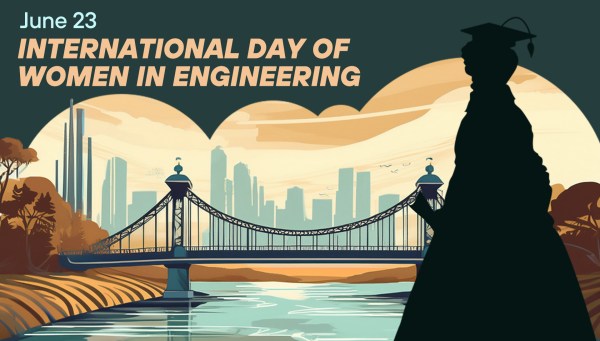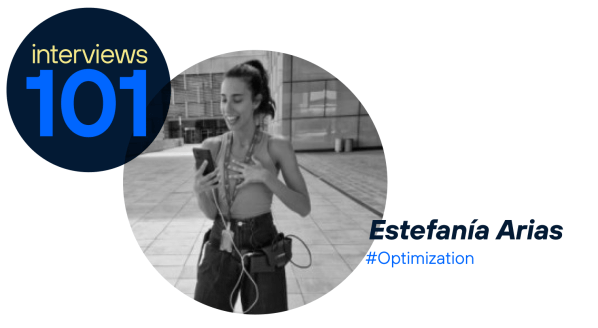Ada Lovelace: origin and childhood
Ada Lovelace was born Augusta Ada Byron (the only legitimate child of the poet Lord Byron and Anne Isabelle Milbanke) on 10 December 1815 in London. Raised in a wealthy family, she was unusually educated for a woman of her time, to the extent that her father referred to her as his “princess of parallelograms” for her knowledge and love of mathematics.
Also known as Ada Byron or Ada Byron Lovelace, She was subjected to a strict education with a curriculum (under different teachers, mentors and governesses) that included training in French, music, German, Latin and Greek, history and, of course, science and mathematics.
In fact, she corresponded intensively on advanced mathematics with the illustrious scientist Mary Somerville. At the age of 18 he met the wealthy and famous inventor Charles Babbage, with whom he remained a lifelong friend and collaborator.
Ada Lovelace: the first female programmer
Following a talk by Babbage in Turin in 1840 about his Analytical Engine (designed to perform any kind of mathematical calculation), the engineer Luigi Federico Meabrea wrote an article in the press about the amazing contraption and describing the basic structure of the machine.
Ada Lovelace translated the article into English and added a series of explanatory notes, making the publication one of the most important in the history of computing. In her notes, Lovelace included an algorithm demonstrating how the machine could be used to compute a series of complex numbers: she went beyond a mere academic reflection on the Analytical Engine and created the first computer program in history.
For Babbage’s machine to work, Lovelace explained how it would receive, through the use of punched cards, information about the function it was to perform, just as the results could also be output by the machine by punching them into these cards. In addition, it would be possible to arrange the cards in such a way that the machine could carry out a long and complicated programme without human intervention.
This punch card system was used to programme the first computers from the 1950s until the mid-1980s.
Women in science: STEM women or STEAM women
The first point to clarify is the difference between STEM women and STEAM women. STEM stands for Science, Technology, Engineering and Mathematics, while STEAM incorporates Arts with the intention of bringing a complementary creative approach to learning in science programmes.
According to UN data, the gender gap in science remains high. For example, women tend to receive more modest research grants and, despite accounting for 33.3% of all researchers, only 12% of the members of national scientific academies are women.
Another relevant fact is that in cutting-edge fields such as artificial intelligence, only one in five professionals (22%) are women. Despite the skills shortage on most technology campuses, women make up only 28% of all engineering graduates, a percentage that rises to 40% of all computer science and informatics graduates.
11 February: International Day of Women and Girls in Science
For all these reasons, the International Day of Women and Girls in Science is celebrated every 11 February, a day that aims to connect the international community with women and girls in science, strengthening the links between science, politics and society to seek strategies to improve their future.
UN Secretary-General Antonio Guterres puts it this way: “We can all do our part to harness the enormous untapped talent in our world, starting with opening the doors of classrooms, laboratories and boards of directors to women in science.”
The Portuguese leader stresses that “it is becoming increasingly clear that gender bias in science worsens outcomes, from drug trials that treat women’s bodies as an aberration to search algorithms that perpetuate bias and discrimination”.
In addition, it cites as a clear area for improvement the fact that “in too many parts of the world, women’s and girls’ access to education is limited or denied altogether”.
Telefónica: STEAM women
Telefónica has its own STEAM Women’s Community, called #GirlsLoveTech, an initiative promoted by Telefónica Open Innovation Campus that brings together professionals and experts from the company who volunteer their time to carry out activities with girls, young women and university students.
#GirlsLoveTech offers the possibility of making female talent and new professions in our industry visible and connecting them, so that young women can find references, support and answers to their questions.
From OI Campus, #GirlsLoveTech directs its proposals towards young women who ask themselves “What do I want to be when I grow up?”, and who still don’t have the answers. To this end, Telefónica’s STEAM programme provides direct access to mentors from the company who will help them to guide their professional career, or to find paths for their future.
#LadyHacker
Telefónica Tech’s #LadyHacker initiative seeks to make the role of women in the technology sector visible and raise awareness among our girls about their potential to study STEAM careers with the aim of inspiring both boys and girls and young people with an interest in the world of technology, encouraging them to break with gender stereotypes.
Therefore, it is essential to have female role models to help break down barriers, but also to work towards the successful incorporation of women in the technology sector.







